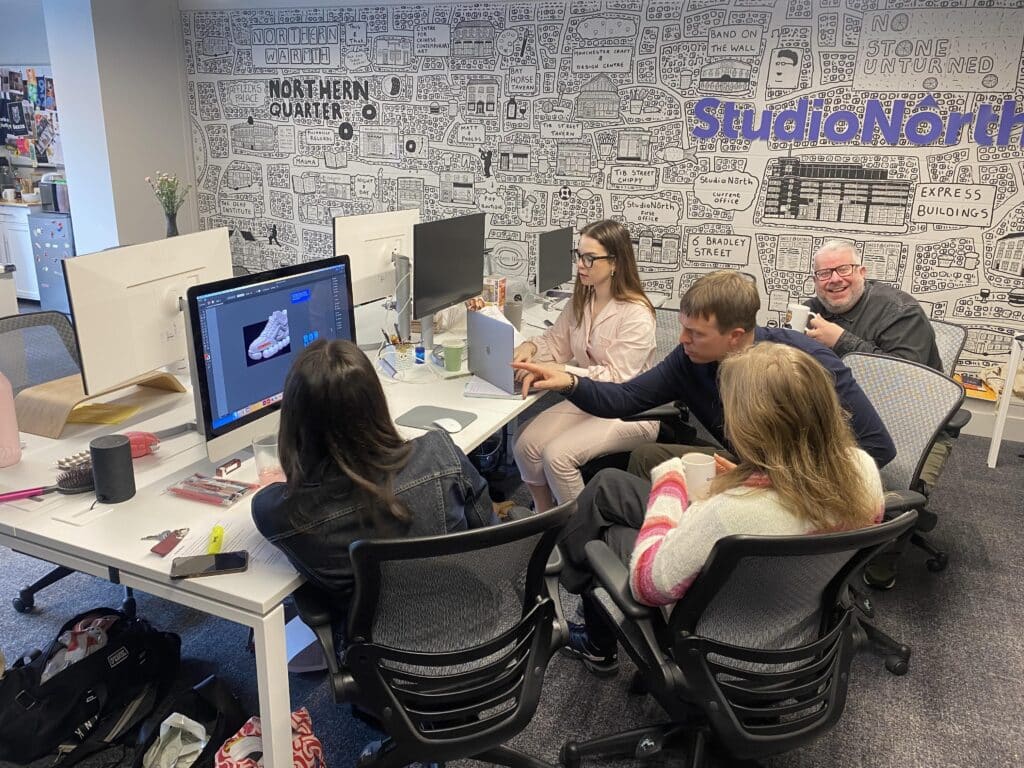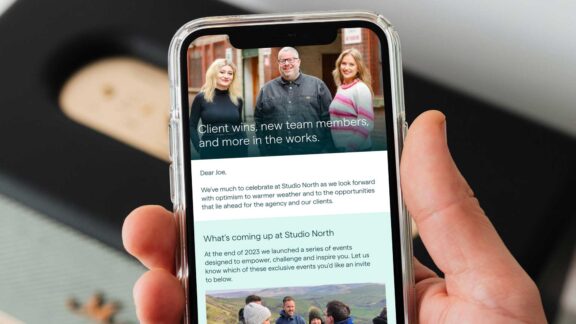AI has quickly become essential in modern technology, transforming various industries, including creative agencies. By mimicking human intelligence through algorithms and data analysis, AI streamlines processes, boosts creativity and provides personalised experiences. For creative agencies, using AI is crucial to stay competitive today.
The benefits of AI
One major benefit of AI for creative agencies is its ability to automate repetitive tasks, giving creative professionals more time to focus on higher-level activities. By assigning mundane tasks to AI tools, agencies can streamline workflows, boost productivity and allocate resources more efficiently.
AI excels at analysing large amounts of data to find insights, trends and patterns that shape creative strategies and campaigns. Machine learning algorithms sift through data to uncover valuable insights, enabling agencies to make data-driven decisions with great accuracy. Whether it’s analysing consumer behaviour, market trends or social media interactions, AI provides agencies with insights to optimise their creative efforts.
Tools like machine learning and natural language processing (NLP) help agencies create highly targeted content and improve marketing efforts. Machine learning algorithms analyse consumer behaviour patterns to predict trends and preferences, while NLP ensures AI-generated content resonates with the audience. By using these AI-powered tools, creative agencies can deliver personalised content that engages audiences and drives results.
Studio North’s AI battle

Tasked with developing a campaign for the fictional sneaker brand Mikee and their new running shoe, ‘Project Pillow Feet,’ Studio North used AI alongside their creativity to develop innovative ideas, visuals and executions. Divided into teams, Studio North used AI tools like ChatGPT for copy assistance and Adobe Firefly, Skylar and Freepic for product mock-ups.
The goal was clear: raise awareness of the new shoe and inspire a new generation of casual runners. Targeting secondary school students and older, the campaign aimed to overcome purchase barriers by emphasising comfort, style and fun. Despite challenges and tight timelines, Studio North approached the AI project with enthusiasm and creativity, eager to find innovative ways to reach and engage their target audience.
Studio North highlighted the unique selling point of the Mikee trainer: unmatched comfort from over a decade of foot-hugging technology development. With an unlimited budget and half a day to brainstorm, Studio North got to work.


The results
Team Nimbus drew inspiration from the feeling of walking on clouds, presenting a campaign with the slogan ‘Step into the Clouds.’ Their vision came to life through cloud-themed trainer mock-ups, created with the help of AI imagery. The visuals featured the cloud-inspired shoes on billboards against a cloudy backdrop. They also redesigned the ‘Mikeee’ logo, turning it into an inverted Nike swoosh, adding an unexpected twist to the brand identity.
Team Bounce introduced the concept of ‘Bounce,’ presenting inflatable sneaker designs imagined with the help of AI. Their creation boasted a vibrant colour palette, blending greens and pinks. With a rounded typeface, the bounce shoe design radiated a modern aesthetic, inviting viewers to experience ‘the world’s most comfortable trainers.’


Looking ahead
The AI experience highlighted the importance of using AI to boost creativity and foster collaboration, driving innovative solutions and delivering results. As creative agencies embrace AI, the possibilities for innovation are endless. By integrating AI into their daily operations, agencies can optimise brainstorming sessions, iterate quickly and deliver meaningful results for their clients. As the AI landscape evolves, creative agencies must stay adaptable and innovative, using AI to unlock new opportunities and succeed in a digital world.
AI provided an excellent starting point for creative inspiration on this project. However, on closer inspection, it became clear that AI isn’t ready to replace the human touch. Issues like people having too many fingers or legs in images and the use of American spellings highlighted its limitations. Most importantly, AI doesn’t experience emotion, and the best brands thrive on their ability to inspire an emotional response or connection from customers. For now, that remains a uniquely human ability that AI has yet to master.








